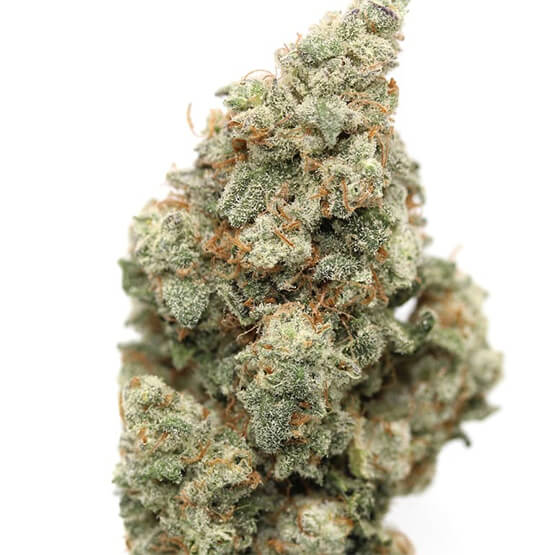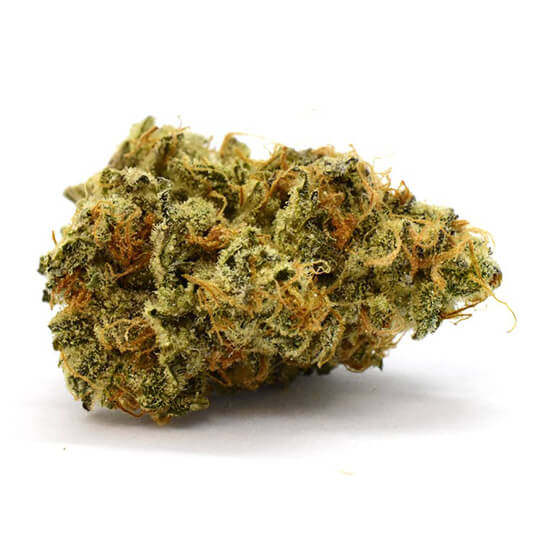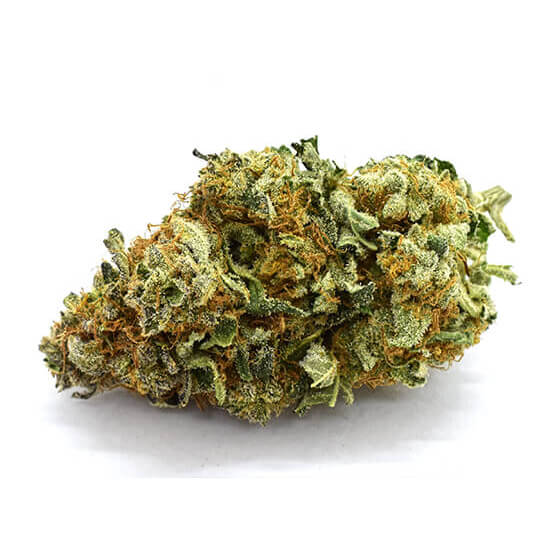What is the difference between Indica, Sativa & Hybrid strains?

Indica
Best known for an ability to be deeply relaxing and calming, Indica strains are preferred for those who seek help with sleep. Typically, patients who suffer from pain, insomnia, glaucoma, seizures, and headaches select this strain. Indica is known more for a full “body buzz” and is best used before bed.
The Indica plant has broad leaves and is shorter in height than its Sativa counterpart. With short flowering seasons, it can grow well in colder climates that have short seasons.
Indica varieties offered by Hive:
- Cherry Punch
- Hell’s Fire
- Biscotti
Sativa
Best known for an ability to increase energy and decrease stress and anxiety, Sativa is preferred for recreational use. Typically, patients who suffer from weight loss or anxiety select this strain. Sativa is known more for a “head buzz” and is best used to increase creativity and focus.
The Sativa plan has narrow leaves and is taller in height than its Indica counterpart. With longer flowering seasons, it grows best in warmer climates with long seasons.
Sativa varieties offered by Hive:
- Clementine
- Monaco Octane


Hybrid
As you can imagine, hybrid plants are combinations of the two variations, chosen for specific benefits from each strain. Since each hybrid cannabis is unique, its effects, appearance, CBD/THC percentages, and other qualities vary from plant to plant. However, growers will often note whether Sativa or Indica is the dominant strain used in a hybrid variety.
Hybrid varieties offered by Hive:
- Medical Mass
- Mimosa
- GG#4
- OG Kush
Cannabis Education: Terpenes and Cannabinoids
What are cannabinoids?
Cannabinoids are a group of substances found in the cannabis plant. The main cannabinoids are THC and cannabidiol (CBD). Besides THC and CBD, more than 100 other cannabinoids have been identified. The main way in which the cannabinoids are differentiated is based on their degree of psychoactivity. For example, CBG, CBC and CBD are not known to be psychologically active agents whereas THC, CBN and CBDL are known to have varying degrees of psychoactivity.
What are terpenes?
Terpenes, also known as ‘terps’ are the essential oils found in plants, including cannabis. Terp compositions determine a plants’ smell and flavor attributes, which helps attract pollinators and wards off predators. Cannabis terpenes in particular, offer a wide variety of health benefits that rival those of CBD and THC.
“The Entourage Effect”
Terpenes complement cannabinoids and create synergistic effects by enhancing the therapeutic properties of CBD and THC. This relationship, referred to as “the Entourage Effect,” is comparable to the nutritional advantage of consuming whole fruits and vegetables, which contain more digestible vitamins and minerals vs standalone vitamin tablets.
CB1 & CB2 Receptors.
Terpenes and cannabinoids bind to the brain receptors, known as CB1 and CB2, typically producing a physiological response.
CB1: Brain/Central Nervous System
Appetite – Immune Cells – Motor Activity
Coordination – Pain Perception – Memory
CB2: Other Organs/Immune System
Cardiovascular System – Gut – Eyes – BonesKidneys – Liver – Skin – Reproductive System